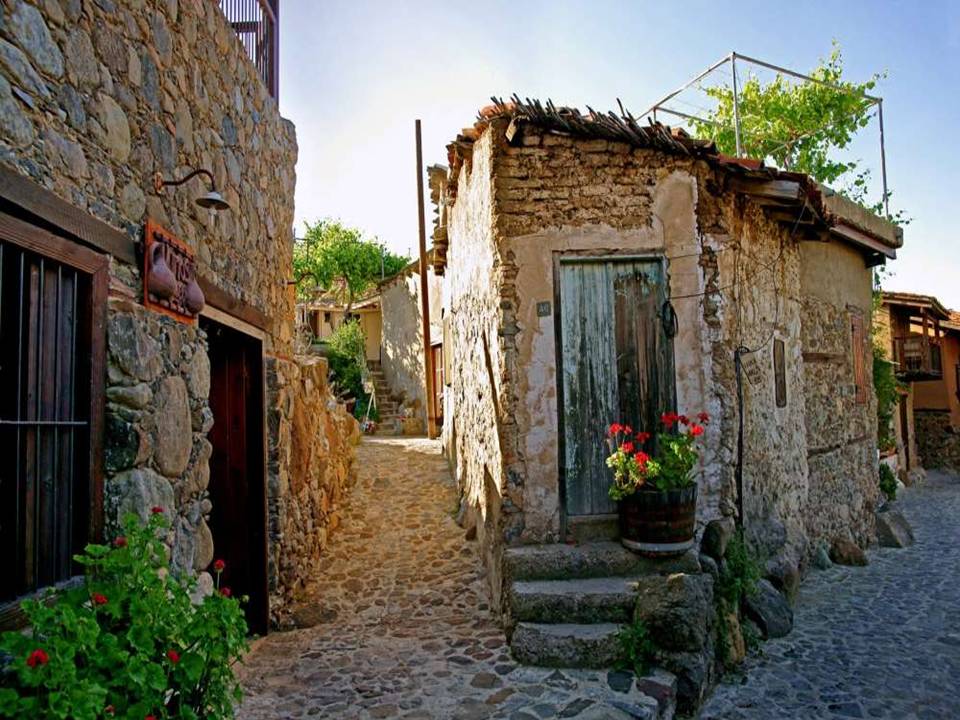Kakopetria Village Cyprus
Nestled in the lush foothills of the Troodos Mountains in Cyprus, Kakopetria enchants visitors with its storybook charm. Narrow cobblestone streets, traditional stone-built houses, and a rich cultural heritage create a serene escape from modern life’s hustle. Sitting at an altitude of 667 meters, the village thrives amidst dense forests, flowing rivers, and terraced orchards, attracting nature lovers and history enthusiasts alike.
Historical Significance
Kakopetria boasts a history dating back to the Byzantine era, with architecture that reflects its enduring past. Visitors explore the old quarter, “Palia Kakopetria,” a designated heritage site filled with narrow alleys and traditional houses featuring wooden balconies and stone walls. Restorations preserve their original charm. The village’s name, meaning “bad stone” in Greek, ties to a local legend about an unlucky boulder, although the true origins remain a topic of debate.
Cultural Attractions
The Church of Agios Nikolaos tis Stegis, a UNESCO World Heritage site near the village, draws history enthusiasts. This 11th-century church showcases exquisite Byzantine frescoes that depict vivid biblical scenes. The steep-pitched roof, designed to withstand heavy winter snowfall, inspired the church’s name, which translates to “Saint Nicholas of the Roof.”

In the village centre, the Linos Museum highlights Kakopetria’s cultural heritage. This museum, housed in a traditional building, displays artefacts related to wine production, bread making, and olive oil extraction, all essential to the local lifestyle for centuries.
Natural Beauty
Kakopetria’s natural surroundings captivate visitors. The Karkotis River flows through the village, offering a peaceful setting for walks and picnics. Mountain springs feed the river’s crystal-clear waters, while lush vegetation lines its banks, creating a haven for relaxation.
Hiking enthusiasts venture onto trails that meander through the Troodos Mountains. These paths wind through forests of pine, oak, and cedar, revealing breath-taking views of the countryside. During summer, Kakopetria provides a cool, refreshing retreat from the lowland heat.
Local Cuisine and Traditions
Kakopetria’s local cuisine showcases the rich flavours of Cyprus. Taverns serve hearty dishes like kleftiko (slow-cooked lamb), halloumi cheese, and loukoumades (honey-soaked doughnuts). The village takes pride in its bread, especially the traditional arkatena, a spiced rusk made with yeast.
Throughout the year, vibrant festivals celebrate Kakopetria’s traditions. The annual Wine Festival invites locals and visitors to indulge in wine tasting, traditional music, and lively dancing.
Conclusion
Kakopetria Village immerses visitors in the essence of Cyprus through its history, culture, and natural beauty. Exploring ancient churches, hiking the surrounding mountains, or savouring a meal in a cosy taverna delivers unforgettable experiences. In Kakopetria, every corner reveals the charm of a simpler, more peaceful time.


